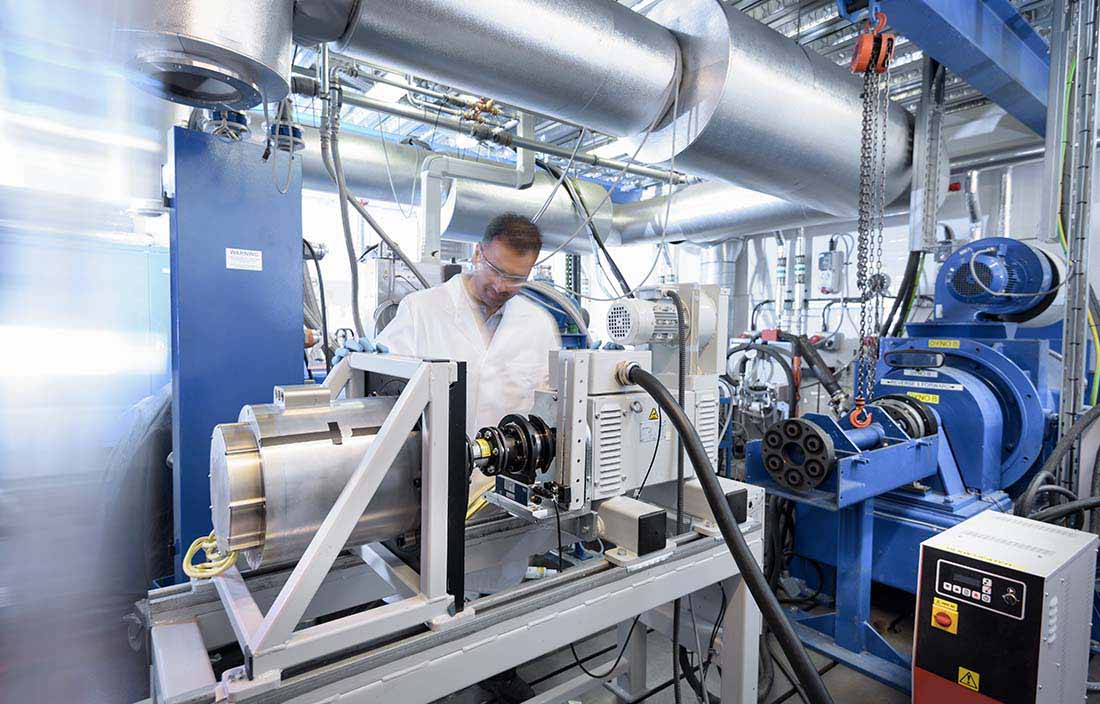Here’s the problem with investing in the automotive market today: You may as well be living in two parallel universes.
Automotive sales are on track to hit a record this year, yet stock prices are under pressure. North American car makers are thriving, yet global expansion is limited by slowdowns in emerging markets.
And the industry is in a fever of innovation that includes everything from ride sharing to self-driving cars. But some wonder if this creative disruption will mean we’ll need fewer cars in the future.
These opposing narratives are playing out in the stock market. Ford Motor Co. or General Motors Co. can post record profits, as they did in their latest earnings reports, and yet see their stock prices fall.
Savvy investors know there are often gems to be found in such a bipolar market environment. Within the ambiguity, how can investors capture all of the upside and avoid the downside in an industry that some fear has peaked?
One place for investors to look: the auto-parts supplier sector. These consummate players behind the scenes are undergoing an unprecedented transformation. In fact, arguably, it’s at the supplier level — where sensors meet chassis meets dashboard meets wheels — where the innovation will really happen.
Suppliers that partner with tech firms, in particular, could reap huge advantages. For instance, a supplier joining with, say, Google parent Alphabet Inc. could help develop cutting-edge technology for the auto ecosystem. Or a supplier’s relationship with an innovator in the sharing economy, such as Uber — itself looking to get into driverless cars — could create new revenue streams.
Don’t forget: There is every possibility, if you listen to the industry grapevine, that Apple Inc. could drive onto an auto-show floor with a car of its own someday.
Some in the industry fear a Silicon Valley-style takeover, along the lines of what technology has already done to shake up industries such as retail and media. If you believe there could be such a shift brewing, auto suppliers are the picks and shovels for the industry, no matter who is in charge.
Take Mobileye a $10 billion company that provides many of the chips and software used for driver-assistance systems that are considered by some to be a precursor to the driverless car. Some 90 percent of auto makers have used its technology.
A few companies already have made moves that suggest they will be well-positioned for change. ZF Friedrichshafen AG acquired TRW last year to build out their autonomous vehicle capabilities. Continental AG has been moving from tires and brakes to electronics for intelligent autos, partnering with Google on self-driving cars and with Cisco Systems Inc. on transferring data between the vehicles. Bosch has invested in expanding from electronics to vehicle systems. Denso Corp. and Delphi Automotive PLC are pushing hard in this growing area, too.
Some of the interior-components companies are also shifting their sights from the lower-value manufacture of interior plastic trim to the electronics that are becoming ever-more important in a software-enabled driving environment. One such player is Johnson Controls Inc. which is spinning off its interiors business to focus on its energy-efficiency and battery efforts.
Changing technologies may lead some suppliers to surprising reinventions of their business. For example, the traditional tool-and-die segment of the auto industry was all about precision machining in lot sizes of one. Using their talents and technology, the tooling industry has been reinventing themselves to become providers of turnkey manufacturing systems and automation to enable higher quality and more efficient vehicle and system assemblies. Just look at the growth of companies like Comau, Getrag or Atlas Copco as evidence.
Even the industry’s product cycles can be affected by technology shifts. If car manufacturers can use more modular components, they may build the capability to cut the current five-year new-product development cycle to two-to-three years or less.
The Detroit Three, and their international counterparts, are getting the message, as well. GM, for one, has made a couple of recent substantial bets:
- $500 million investment for nearly 10 percent of ride-sharing service Lyft. Considering that self-driving technology will add, according to one report, $10,000 to the cost of a new car, Lyft and other services like it might enable vehicle owners to unlock more value from an underutilized asset.
- Announced the acquisition of Cruise Automation Inc., a developer of autonomous vehicle technology, for a reported $1 billion. Cruise is a 40-person firm with deep experience in “computer vision” but no current products.
Yes, investors are a fickle bunch, ignoring or selling companies thought to be lagging even a lap behind the times. Indeed, when car makers report earnings that beat expectations, only to see their stock tumble, it’s a clear signal the market is devaluing auto companies because they aren’t doing enough to adapt to the tectonic changes ahead.
The danger is that it could become a self-fulfilling prophecy: Traditional car companies could find themselves getting less access to capital at the very moment they need it most to move into the driverless era.
Investors should dig deeper into what’s really driving the automotive industry, especially if they are looking for potential bargains. They might find that, paradoxically, the market undervalues many of these automotive firms today in large part because they are investing heavily in tomorrow’s technology.





